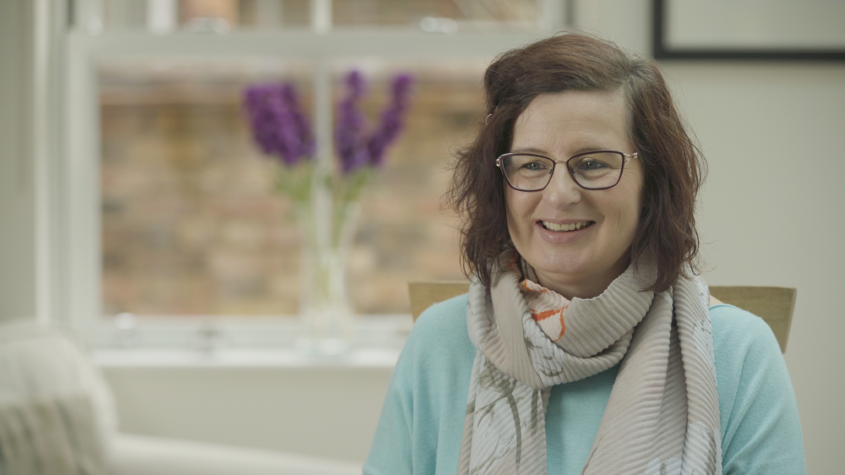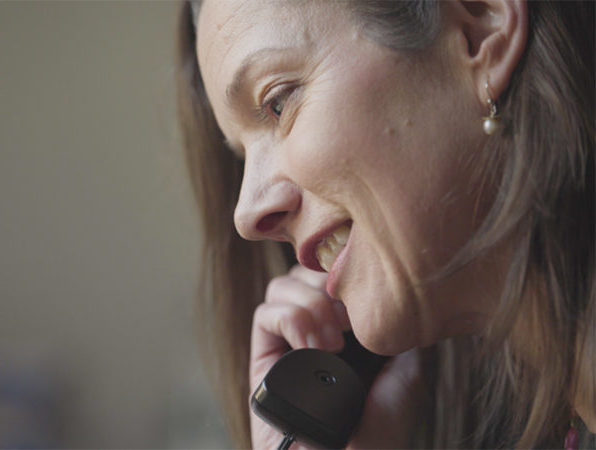This information may help you manage your digestion if the supply of PERT is limited. You may be able to get some PERT but less than you usually do.
Taking a medicine called a proton pump inhibitor or an (H2)-receptor antagonist reduces the acid in your stomach. This can help make the enzymes work better.
- Proton pump inhibitors include omeprazole, pantoprazole, and lansoprazole.
- Brands of (H2)-receptor antagonists include Famotidine® and Nizatidine®.
- Speak to your doctor or nurse about whether these medicines would be helpful.
If you can’t get enough PERT for your normal dose, you will need to reduce how much PERT you take. These suggestions may help.
- Try reducing the amount of PERT you take with snacks, before reducing the dose with meals. This is because meals tend to be more nutritious.
- Reduce the dose of PERT by one capsule with each meal and snack. This is better than not taking any PERT with a meal.
- Try to make sure your meals have plenty of protein and energy in them.
If you are not already taking vitamin and mineral supplements, these can help you get these nutrients. You can take a calcium and vitamin D supplement containing 800iu Vitamin D and at least 500mg Calcium. Multi-vitamin and mineral supplements include Sanatogen® A-Z Complete, Centrum Advance® or a Supermarket own brand A-Z multivitamins. Make sure that these contain both vitamins and minerals.
Speak to your dietitian, specialist nurse or GP for support with reducing how much PERT you take. It is important you speak to them if you have any of the symptoms of digestion problems, or are losing weight. You can also speak to our specialist nurses on our Support Line for help with this.
If you have some high dose PERT left, you may find it helpful to take this with you when you go out. Use the low dose capsules when you are at home. This will reduce the number of capsules you need to take out with you.
If you have diabetes
If you have diabetes and need to reduce how much PERT you take, you may find it harder to manage your blood glucose levels.
Monitor your blood glucose levels regularly, including:
- before meals
- before bed
- if you feel unwell
- if you feel like you are having a hypo (when your blood glucose level drops below 4mmol/l)
- if you are more active than usual
- before driving and every 2 hours during the journey.
Hypoglycaemia (a hypo)
If you take less PERT, you are likely to absorb less carbohydrate from your food. This means you may need to reduce the amount of quick acting or mixed insulin you inject to prevent a hypo. Make sure you know how to recognise and treat a hypo.
You are only at risk of a hypo if you take medicine such as insulin that lowers your blood glucose levels. It is not usually possible to have a hypo if you have diabetes treated with metformin or DPP-4 inhibitors (Gliptins), or if you manage your diabetes through diet.
If you have a continuous glucose monitor, make sure you have the hypoglycaemic alarm set.
Speak to your diabetes team about managing your diabetes if you are taking less PERT. If you are having more hypos than usual, contact your diabetes team for advice on changing your insulin doses.
You can contact our specialist nurses on our Support Line for more support with managing your diabetes.
If you take oral nutritional supplements
Nutritional supplement brands include Fortisip®, Amyes®, Ensure®, and Fresubin®, Altraplen®, and Foodlink®. If you take these, ask your dietitian if they can be changed to a peptide nutritional supplement. These include Vital 1.5kcal® and Peptisip Energy HP®. Many people find they can take these with less or no PERT.
These do not come in a wide range of flavours, but you can add milkshake mixes or coffee syrups for more flavours. To give you more options, you could have them chilled, or freeze them into ice lolly moulds or ice cube trays.
Sometimes you may be offered a fat-free nutritional supplement, such as Actagain Juce®, Altrajuce®, Fortijuce®, Ensure Plus Juice® or Fresubin Jucy®. These usually need less PERT to be digested. Sip these slowly to give your gut more time to digest them without PERT. If you have diabetes, monitor your blood glucose levels closely when taking these.
Try not to worry if you feel bloated taking these supplements. This is a normal effect of taking these without PERT. But speak to your dietitian if you find the bloating hard to deal with, or if it is affecting your quality of life.

